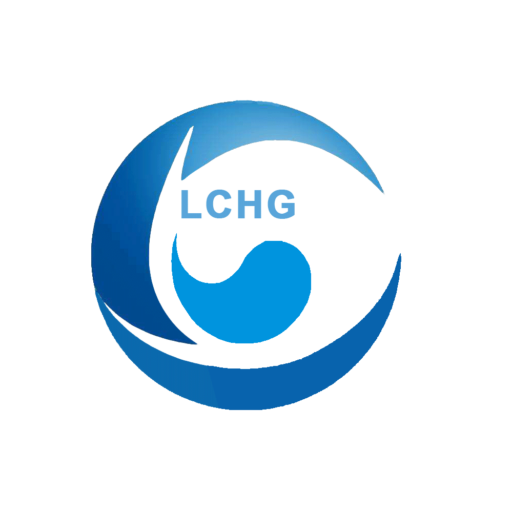Encre typographique UV - Photoinitiateur
La typographie est l'une des premières méthodes d'impression utilisées dans l'industrie de l'imprimerie, avec l'invention de l'impression au collodion par Bi Sheng sous la dynastie Song, l'impression par gravure sur bois par Wang Zhen sous la dynastie Yuan et l'impression au plomb par Gutenberg au XVe siècle, qui sont toutes des presses typographiques. Dans l'impression typographique, la partie graphique est surélevée sur la surface de la plaque d'impression et l'encre est appliquée uniquement sur la partie graphique, puis transmise directement au support. Il existe deux types de presses typographiques : la presse à plate-forme et la presse rotative. Dans le premier cas, la plaque d'impression est une surface plane et le rouleau d'impression est un cylindre, tandis que dans le second, la plaque d'impression et le rouleau d'impression sont tous deux des cylindres.
3.6.1 Fabrication de plaques pour l'impression typographique
Les clichés utilisés pour l'impression typographique sont désormais des clichés en résine photopolymérisée, fabriqués à partir de résine photopolymérisée par exposition aux UV et développement. Les clichés typographiques en résine photopolymérisée sont divisés en deux types : les clichés typographiques en résine photopolymérisée liquide et les clichés typographiques en résine photopolymérisée solide.
(1) Plaques en résine photopolymérisée solide (Toppan)
Le cliché photopolymère solide utilise un matériau polymère solide pour produire le cliché photopolymère, dont la structure est illustrée à la figure 3-18.
Figure 3-18 Structure des plaques Toppan en photopolymère solide
La plaque de résine solide se compose d'un polymère saturé, d'un agent de réticulation et d'un photo-initiateur. Les polymères saturés sont des dérivés de l'alcool polyvinylique, des dérivés de la cellulose et des polyamides ; l'agent de réticulation est composé de divinyl ; les photo-initiateurs sont principalement des éthers de benzoïne ou des anthraquinones. Après avoir été mélangés de manière homogène, les composants susmentionnés sont enduits sur une feuille de polyester ou une base en aluminium avec une couche anti-halation et, après séchage, ils sont transformés en une plaque de typographie en résine photosensible solide. Il existe également un composant de plaque en résine solide qui est mélangé et produit par moulage par extrusion.
Procédé de fabrication de plaques typographiques en résine photopolymère solide :
Couverture du négatif → exposition aux UV → développement → séchage → post-exposition → plaque d'impression.
Une fois le film protecteur en polyéthylène retiré de la plaque en résine solide, le négatif et la couche de résine photopolymérisée sont laminés sous vide, exposés aux UV, la partie visible à la lumière est réticulée et durcie pour former la partie graphique, et la partie visible à la lumière est retirée au cours du processus de développement. Après séchage, la deuxième exposition aux UV est suffisante pour solidifier complètement la plaque afin d'en améliorer la dureté et d'en faire une plaque d'impression.
(2) Plaques typographiques en résine photopolymérisée liquide
La typographie en résine photopolymérisée liquide fait référence à l'état liquide de la résine avant la sensibilisation, et la typographie en résine devient solide après la sensibilisation. La version liquide de la résine de photopolymérisation est principalement composée de polyester insaturé et d'acrylate de polyuréthane, l'agent de réticulation est un bis-alcène ou un alcène insaturé, les photo-initiateurs sont principalement de la classe des éthers de benzoïne. Le processus de fabrication des plaques de typographie en résine photopolymérisée liquide est le suivant (voir figure 3-19) :
Enduction de résine photopolymérisante → exposition aux UV des deux faces → développement → séchage → post-exposition → plaque d'impression
Illustration 3-19 Processus de fabrication des plaques de typographie à photopolymère liquide
Les plaques typographiques en résine photopolymère solide et les plaques typographiques en résine photopolymère liquide ont été largement utilisées dans les années 1970 et 1990 pour l'impression de journaux et de magazines, d'étiquettes, de papier d'emballage et d'en-têtes de lettres. Toutefois, en raison de la faible résolution des plaques d'impression, de la faible résistance à l'impression et de la mauvaise qualité d'impression, elles ont été progressivement remplacées par l'impression offset et l'impression flexographique, et ont disparu de l'histoire de l'imprimerie.
Contactez-nous dès maintenant !
Si vous avez besoin de Price, veuillez indiquer vos coordonnées dans le formulaire ci-dessous. Nous vous contacterons généralement dans les 24 heures. Vous pouvez également m'envoyer un courriel info@longchangchemical.com pendant les heures de travail ( 8:30 am to 6:00 pm UTC+8 Mon.~Sat. ) ou utilisez le chat en direct du site web pour obtenir une réponse rapide.
